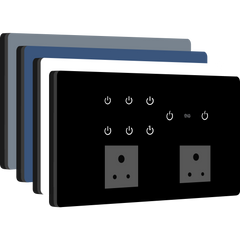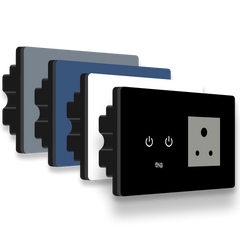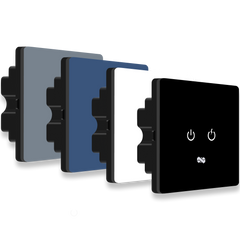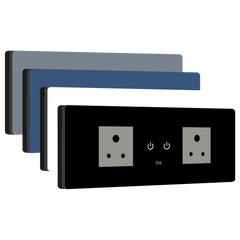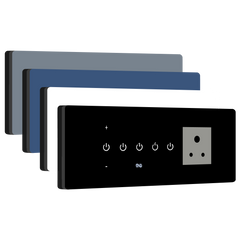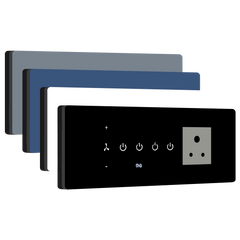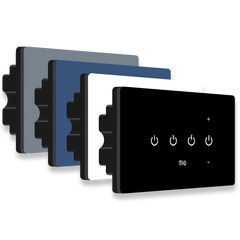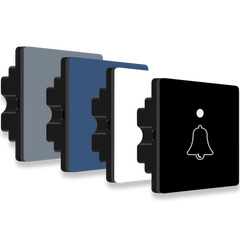Manual Override: Control When You Need It, Even Without Technology
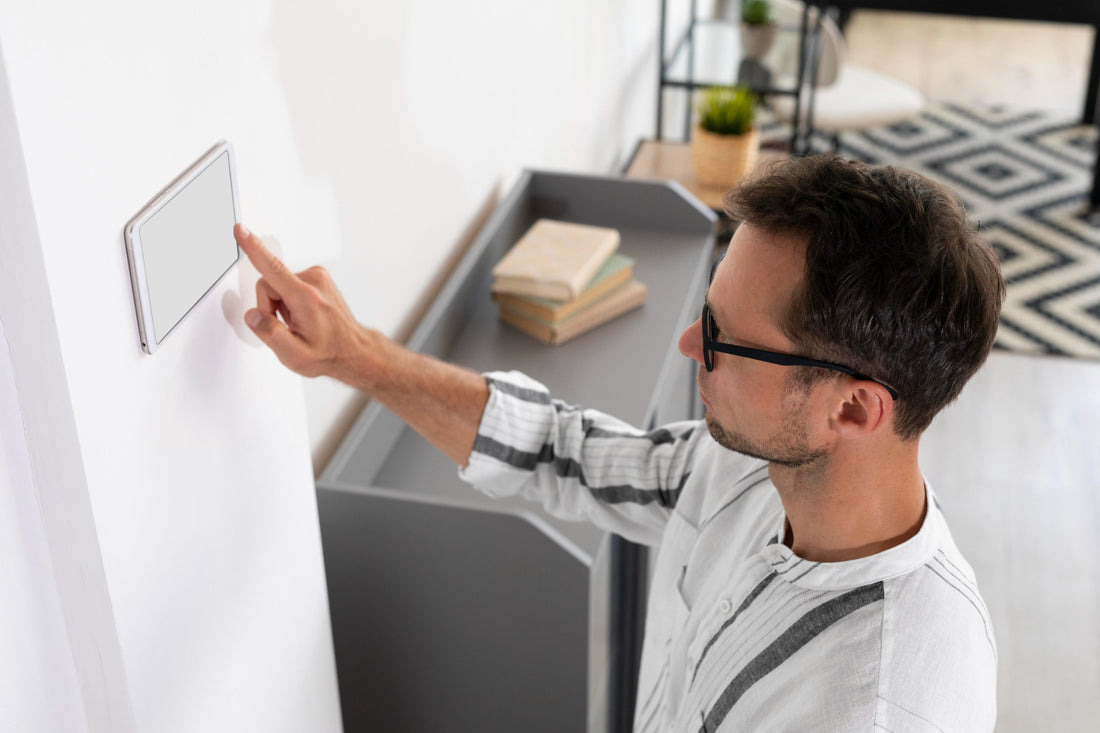
1. Definition
Manual override refers to the ability to bypass automated or remote control functions and take direct, hands-on control of a device or system. In the context of smart switches, manual override allows users to operate the switch physically, using traditional methods (e.g., a physical button or switch), even when smart features or remote control systems are not available or functioning.
2. Key Takeaways
- Manual override provides a backup option to control devices when smart features are unavailable.
- It ensures continued functionality of smart devices even in case of technical failure or connectivity issues.
- Users can manually operate switches without needing an app or voice command.
- This feature increases convenience and peace of mind, especially during power outages or network interruptions.
- Manual override is a key safety feature, ensuring that users are not locked out of controlling their environment.
3. Why Manual Override Is Important
-
Backup Control During Connectivity Issues
One of the most common frustrations with smart home devices is the dependency on a stable internet connection or an active Wi-Fi network. If your smart switches rely solely on apps or voice commands, a sudden loss of internet connectivity can render them unusable. Manual override ensures that, even in these situations, you can still control the switch directly using traditional methods (e.g., a manual switch or button). This feature provides users with peace of mind that their home is still controllable in case of unforeseen issues. -
Safety and Security
In emergency situations where the internet or smart system might be down, manual override can serve as a lifesaver. If your home’s lighting system is controlled via smart switches, for example, being able to manually turn lights on and off during a power outage is crucial. This ensures safety in low-light situations and helps prevent accidents. Additionally, in the event of a technical malfunction in the smart system, manual override allows you to bypass the issue until a resolution is found. -
Convenience and Flexibility
Even if everything is functioning perfectly with your smart system, manual override provides flexibility. For example, if you want to quickly change the settings of your lights or fans without opening an app or speaking a command, you can simply use the manual control option. This can be especially helpful for individuals who are not tech-savvy or those who prefer to manually control certain aspects of their environment without needing to rely on their smartphones or voice assistants. -
Control in Power Outages
Power outages are unpredictable, but they don’t have to leave you in the dark. In the case of a power failure, smart systems can lose their functionality, and remote control features might not work until power is restored. With manual override, you can still turn on or off switches and devices directly, even if the system or internet connection is down. This can be a critical safety feature during emergency situations, allowing you to control important devices (such as lights or fans) when needed the most. -
User Empowerment
Manual override ensures that users are not fully dependent on technology. While smart switches offer convenience and automation, manual operation provides the user with control at all times. This feature is especially beneficial for households with elderly members, children, or anyone who may need easy and quick access to controlling switches without the added complexity of smart systems.
4. Example/Use Case
Let’s consider a scenario where a family is relying on Iotics Smart Switches to control their home’s lighting. These smart switches are connected to an app and voice assistant for convenience, allowing the family to schedule lights and adjust settings remotely. However, during a power outage, their Wi-Fi network goes down, making the app and voice control options unavailable.
Luckily, the Iotics Smart Switches are equipped with a manual override feature. The family is able to easily turn on the lights by flipping the physical switch, even though the smart system is not functioning. This provides them with the reassurance that their home is still operational, even without the advanced features they typically rely on.
5. Frequently Asked Questions (FAQs)
-
How does manual override work in smart switches?
Manual override allows users to bypass the app or voice control functionality by using a physical switch to control the device directly. This ensures that the device is still operational even when the smart features are not available. -
Can I use manual override even when my smart system is working?
Yes, manual override is available at any time, whether your smart system is functioning or not. It’s a helpful backup for when you don’t want to use the app or voice commands. -
Is manual override available for all smart switches?
Not all smart switches include manual override functionality. It's important to check the product features to ensure this backup control is available when needed. -
Why is manual override important for safety?
In the event of a power outage, technical malfunction, or internet failure, manual override ensures that you can still operate essential devices like lights and fans, which is crucial for your home’s safety. -
Does manual override impact the performance of smart switches?
No, manual override does not affect the performance or functionality of the smart switch in normal operation. It simply provides a backup control option.
Experience ultimate convenience and peace of mind with Iotics Smart Switches, equipped with manual override features to ensure you always have control, even in emergencies. Shop Iotics Smart Switches Now.
7. Related Terms
- DIY Switch Installation
- Energy Monitoring
- Smart Scheduling
- App Integration with Smart Switches

